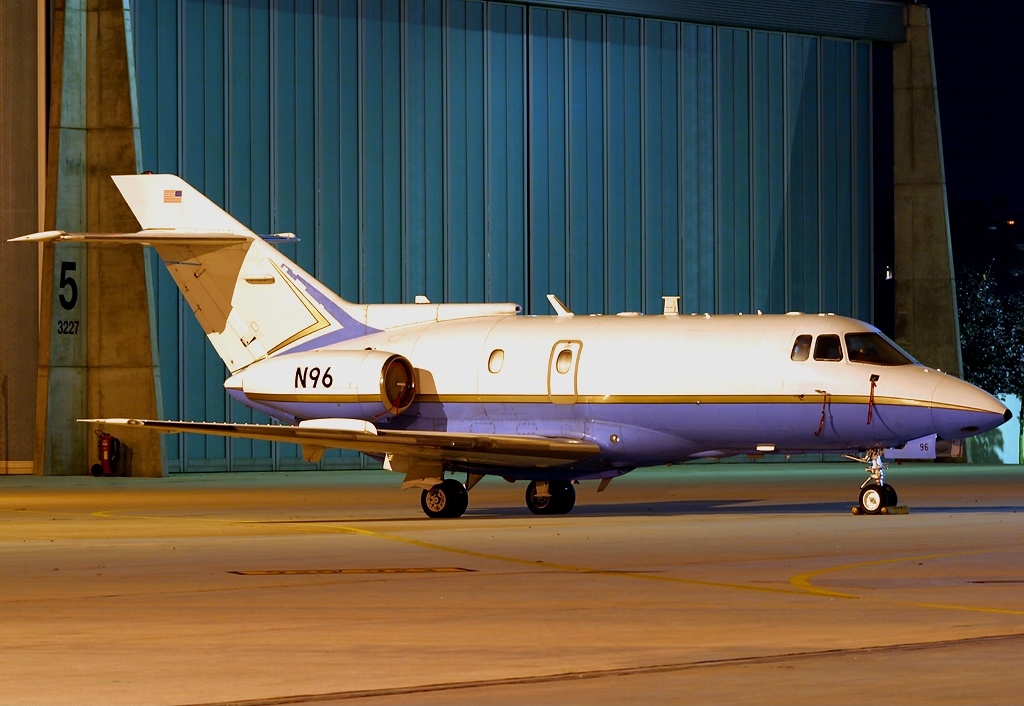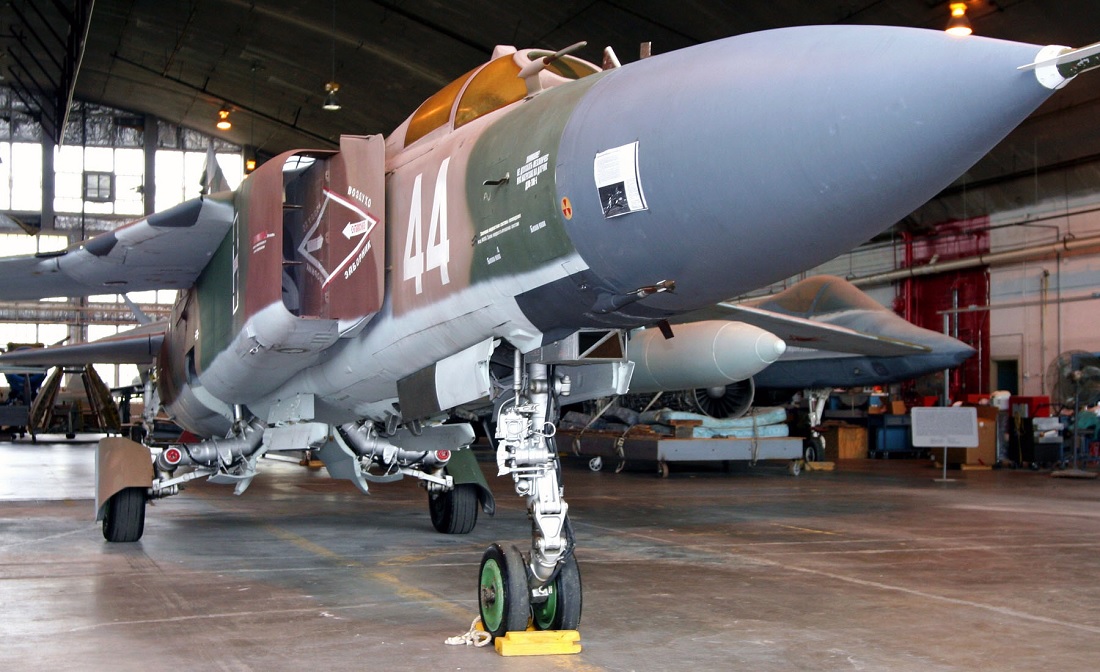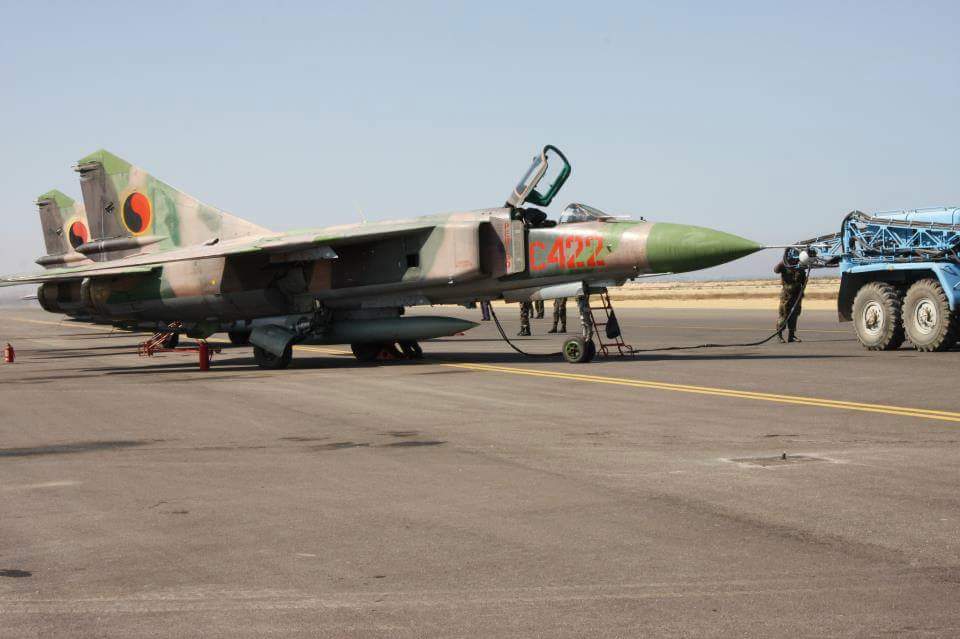For unknown reasons, the Angolan MiG-23 fired a missile, which blew the starboard engine clean off the BAe 125. A second missile hit the same engine after it had already left the aircraft
In exchange for South Africa withdrawing from the First Angolan Civil War and agreeing to hold UN-supervised elections for a new government in South-West Africa (SWA), Cuba and the Soviet Union agreed to a gradual withdrawal from the conflict in the middle of 1988. Then, the latter would gain independence and become Namibia. With this agreement, South Africa stopped directly supporting UNITA (União Nacional para an Independência Total de Angola), the country’s second-largest political party and the last major military opposition group, which was heavily supported by the United States, China, and South Africa.
FAPLA (Força Armadas Populares de Libertaceio de Angola, the Angolan military) and UNITA continued to fight when Cuba, the Soviet Union, and South Africa withdrew from Angola. To the surprise of many observers, the combined withdrawal did not spell the end for either organization. UNITA was able to continue operating because it had the continued support of the United States through Zaire and was well-protected by extensive minefields that South Africa had placed during its withdrawal. Additionally, MiG-23s from FAPA-DAA (Força Aérea Popular de Angola—Defesa Anti-Aviones, Angola People’s Air Force and Air Defence Force) kept up their vigorous patrols over the skies over southern Angola, attempting to intercept some of the several transport aircraft transporting supplies for insurgents.
Similar events occurred on August 6, 1988, when a MiG-23 intercepted a Botswana Air Wing BAe 125-800 over Angola, carrying the president of Botswana and eight other passengers at 35,000 feet (10,668 meters). The business jet’s starboard engine was completely destroyed by a missile fired by the Angolan interceptor for an unidentified reason. Once the missile departed the aircraft, a second one struck the same engine. At Kuito, Angola, the pilot regained control and executed an emergency landing. The Luanda government expressed regret for the error and covered the costs of the harm done.
In their book African MiGs Volume 2 Madagascar to Zimbabwe, Tom Cooper, Peter Weinert, Fabian Hin, and Mark Lepko received the following description of the events from Arthur Ricketts, the co-pilot of the Botswanan BAe 125-800 that the Angolan MiG-23 flown from Cuba intercepted and damaged:
“On 7 August 1988, Botswana. Defense Force Air Wing BAe 125-800 (serial ranger OK-1) was tasked to fly His Excellency J. K Quett Masire, President of Botswana, and eight other government officials from Gaborone to Luanda. The aircraft was crewed by Col Albert Scheffers, CO of the Air Wing, and me, Arthur Ricketts, employed as a transport and training captain with British Aerospace. Col Scheffers had completed his type conversion in the UK and I was continuing his line training in Botswana. I had been employed on the test program of the 125 series of aircraft for the previous eight years.
“The aircraft was cruising at FL 350 [10,668m] and had just passed a position report to Luanda after crossing over Kuito Bie. Without warning, the starboard engine of the aircraft was hit by what was later discovered to be an AA-2 Atoll missile fired from a MiG-21 of the Angolan Air Force. A second missile fired was assumed to have hit the engine after it departed the airframe. When hit, the aircraft was on autopilot. This tripped out with the impact of the missile and the aircraft pitched violently upwards, a shower of turbine and fan blades being seen by myself before I instinctively took control of the aircraft manually, rolling it off the top of a stall.
“At the point of impact Col Scheffers was rendered incapacitated by the instantaneous application of approximately 33g (calculated by the BAe stress engineers later on, based on damage to the fuselage frames), which threw him hard against the port cockpit wall, and he played no further part in the recovery of the aircraft. Also at this time the engineer traveling with us was thrown into the cockpit from the cabin. The aircraft sustained damage to the pressure cabin that resulted in an explosive decompression. At least one window was shattered by shrapnel from the engine, approximately a ton and a half of fuel was lost from the damaged starboard wing tanks, all radio navigation systems failed, and the cabin oxygen masks failed to deploy automatically.
“My first instinct was to regain control of the aircraft by rolling it away from the vertical and establishing a stable descent, which I achieved by the time we reached FL 280 [8,534m]. Initially, we were descending at about 6,000ft [1,829m] a minute, which gave me almost six minutes to sort everything out before arriving very hard in Africa! In that six minutes, I managed to transmit two Mayday calls, one to Luanda, which was apparently not received or understood, and the other on HF radio which was picked up and acted upon by Santa Maria in the Azores.
“I had substantial previous experience of flying in Africa and assessed that there was probably an airstrip of sorts at Kuito Bie, some 25 miles [40km] behind the point at which we were hit. During the descent, I had assessed the aircraft systems remaining and had made the decision to leave selecting flaps and landing gear until shortly before landing, not expecting them to work. However, when the engine departed the airframe, the quick-release couplings on the hydraulic pump, starter/ generator, and alternator did their job and I was able to have the use of flaps, undercarriage, and brakes, certainly necessary as the damage demanded a landing speed of approximately 150-160kt.
“Several passengers received injuries in addition to the crew, and these were attended to at the hospital in Kuito Bie, before we were eventually uplifted by a Gulfstream III (registration D2-ECB), to Luanda. President Masire was injured by a fan blade that penetrated the cabin and then his seatback. He was subsequently flown to England by the RAF for treatment.
“The captain’s name on the flight to Luanda was Pereira, and he kindly allowed me to fly the aircraft from the co-pilot’s seat. I was repatriated to Botswana by Beech King Air 200 (registration D2-ESO) via Luena Air Base in Angola, where I saw various MiG-17s and MiG-21s, but no MiG-23s as I remember. The base was a shambles, with hangars flattened and aircraft upside down all over that very large area. But, that — as they say — is yet another story!

“The aircraft that intercepted us was said to us to have been a MiG-21. It should have fired two AA-2 Atoll missiles. The information I have about that plane and the missiles is current as of the time when this happened. I can’t recollect the source but have never seen anything different quoted.
“This is the first and only account that has been written … As you can imagine, this was a ‘hot potato’ at the time, which is why I never commented on various reports of the incident. The only other account I am aware of is the record of an interview I gave to Air International News at the NBAA [National Business Aviation Association] show in Dallas, in 1989…
“I was subsequently awarded the Diploma of Outstanding Airmanship, in 1989, by the Fédération Aéronautique Internationale, an honor which is awarded only once a year.”
With regards to the same incident, Teniente-Colonel Eduardo Gonzalez (DAAFAR, Defensa Anti-Aérea Y Fuerza Aérea Revolucionaria, Cuban Revolutionary Air and Air Defense Force, ret.) provided the following commentary:
“During Operation Second Congress, in 1985, I personally intercepted (with GCI support), twice a month and in broad daylight, a huge Douglas DC-10 from Mozambique, flying over Mavinga and bound for Luanda. We were very pissed off because that airway was closed for all commercial traffic – or at least we asked a number of times for it to be closed to the ATC authorities in Luanda since it was a combat zone. Documents on this matter were signed but to no avail.
“I do not want to act as a ‘prophet of the past’ now, but at those times I was sure an incident involving a civilian airliner would happen sooner or later because violations of the war zone occurred almost on a daily basis. Remember that only two years earlier, the Soviets had shot down the South Korean Boeing 747, and only three years later — i.e. in the same year the interception of that BAe 125 occurred —an US cruiser shot down an Iranian Airbus. A responsible aircrew will never accept a flight plan that overfills a combat zone. I was terrified that if a passenger aircraft would enter that zone at night, my pilots and I could not establish a visual ID.
“We [Cubans], as the `world’s black sheep’, could not afford such a mistake. That’s why I instructed my pilots already in 1985 that before launching their missiles at any such target in daylight, they always had to establish a visual ID. Thus, I feel it must be told to Mr. Ricketts that it was a gross mistake for them to fly across a location known by every ‘newspaper in the universe as a war zone. Even more so with a VIP on board.
“The aircraft in question first came under fire from an Angolan SAM site near Cuito Cuanavale. They were in full readiness and attempted to identify the ‘bogie’. There was no ‘friendly’ answer and a ‘clear to fire’ order was issued. They fired four missiles but all missed: they were out of tune with the fire-control radar… Meanwhile, the information was forwarded to Menongue AB, and a Cuban pilot, Capt Albert Olivares Horta, scrambled in MiG-23ML C-479. He accelerated to Mach 1.9 to catch the intruder but never established a visual ID of the BAe 125 before opening fire… Horta fired two missiles. The first was an R-24T from the left-wing station no. 3. This scored a hit, and that was when Horta sighted his target for the first time. He then fired an R-24R from the right-wing station no. 4. To the luck of the crew and passengers in the targeted aircraft, this missile went astray…
“The name of the doctor who took care of all the injured was Ransin Cruz Mendez… I was not in Angola at the time, otherwise, I would keep hammering those cabrones [‘bastards’ in Cuban slang] to insist on visual ID before launching…
“C-479 was later lost due to engine-related problems. 1st Lt Eladio Avila ejected safely.”
Photo by U.S. Air Force and Torsten Maiwald via Wikipedia




